Understanding the Different Types of Ragdoll Cats and Their Unique Features
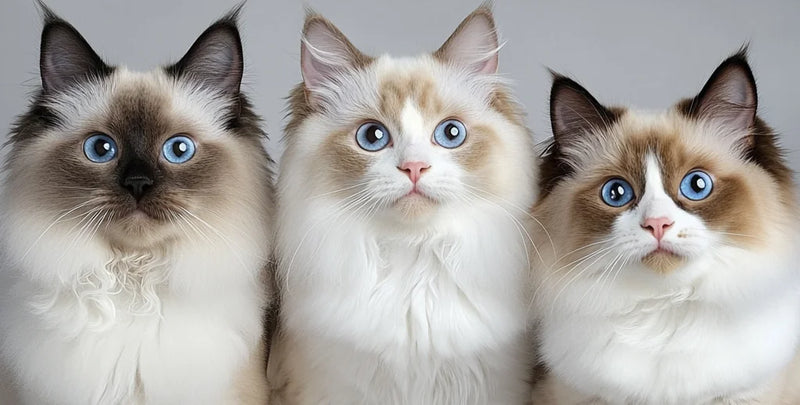
The Ragdoll breed captivates cat enthusiasts with its remarkable diversity of color patterns and variations. While many people search for "different breeds of ragdoll cats," there is actually only one officially recognized Ragdoll breed that encompasses six distinct color patterns, multiple color variations, and subtle physical differences, creating a stunning spectrum of feline beauty.
These different types of ragdoll cats are distinguished by their color patterns, markings, and coat characteristics rather than being separate breeds. From colorpoint varieties with their elegant contrast to bicolor patterns with dramatic white markings, each variation maintains the breed's signature docile temperament and striking blue eyes.
Understanding these different kinds of ragdoll cats helps potential owners appreciate the unique features that make each pattern special while recognizing they all share the same gentle, loving nature that defines this beloved breed.
The Six Classic Ragdoll Color Patterns
Colorpoint Ragdolls: The Traditional Foundation
Colorpoint Ragdolls represent the most traditional and widely recognized pattern within the breed. These cats display darker coloration on their ears, face mask, legs, and tail, while maintaining a lighter cream or ivory body color. This striking contrast creates an elegant silhouette that immediately identifies the cat as a Ragdoll. The colorpoint pattern results from a temperature-sensitive enzyme that produces more pigment in the cooler extremities of the cat's body, similar to the mechanism found in Siamese cats.
Among the different types of ragdoll cats, colorpoints are often considered the gateway variety for new enthusiasts. The beauty of colorpoint Ragdolls lies in their clean, uninterrupted lines and the gradual shading that flows from the darker points to the lighter body. This pattern allows the full intensity of the chosen color to shine through on the points while creating a harmonious overall appearance that serves as the foundation for understanding other pattern variations.
Mitted Ragdolls: Elegant White Accents
Mitted Ragdolls showcase one of the most charming variations among different kinds of ragdoll cats. These cats display the same basic colorpoint pattern but with distinctive white markings that create an appearance of wearing elegant gloves and boots. The front paws feature white "mittens" that typically extend to the wrists, while the back legs display white "boots" that reach higher up the leg. Additionally, mitted Ragdolls have a white chin, white chest, and a white stripe that runs down the belly.
What sets mitted cats apart from other types of ragdoll cats is the precise genetic combination required to achieve the proper white markings without excessive white that would disqualify the cat from breed standards. This delicate balance makes mitted Ragdolls particularly sought after by enthusiasts who appreciate the refined elegance of the white accents against the colored points. The white markings must be symmetrical and well-defined to meet show quality standards, making truly exceptional mitted Ragdolls relatively rare.
Bicolor Ragdolls: Dramatic Contrast
Bicolor Ragdolls represent perhaps the most visually striking among the different breeds of ragdoll cats, though again, these are pattern variations rather than separate breeds. These cats feature an inverted white "V" shape on their face, extending from the forehead down through the nose and sometimes encompassing the entire face. The white coloring continues across the chest, belly, and all four legs, while color is retained on the ears, tail, and the outer portions of the facial mask.
The dramatic contrast created by the bicolor pattern makes these cats incredibly photogenic and instantly recognizable among different kinds of ragdoll cats. The pattern creates a bold, almost mask-like appearance that emphasizes the cat's brilliant blue eyes. Achieving the perfect bicolor pattern requires careful breeding, as too much or too little white can create an undesirable appearance that doesn't meet breed standards.

Lynx Variations: Striped Beauty
Lynx patterns can appear in combination with any of the three main Ragdoll patterns, creating additional variety among different types of Ragdoll cats. Lynx Ragdolls display distinct tabby markings within their colored areas, including striped legs, ringed tails, and the characteristic "M" marking on the forehead. These markings add texture and visual interest to the traditional solid-colored points, making lynx varieties particularly popular among those seeking something distinctive.
When examining different kinds of ragdoll cats, lynx patterns often surprise people with their wild appearance combined with the breed's gentle nature. The lynx pattern creates an exotic look while maintaining the docile Ragdoll temperament. The striping can range from subtle ghost markings to bold, well-defined stripes, depending on the individual cat's genetics and the interaction with their base color.
Tortie Point Variations: Unique Mottled Beauty
Tortie point Ragdolls showcase beautiful mottled patterns where cream or red patches intermingle with the base color on the points. This creates a unique, often asymmetrical pattern that ensures no two tortie point cats look exactly alike. Among different breeds of ragdoll cats (more accurately, pattern variations), tortie points stand out for their individualistic appearance and the random nature of their color distribution.
These cats represent some of the most individualistic among different types of ragdoll cats, as the random nature of tortoiseshell genetics means each cat develops a completely unique pattern. The mottled effect can create striking facial patterns that emphasize the cat's features in unexpected and beautiful ways, making each tortie point truly one-of-a-kind.
Torbie: Complex Combination Patterns
Torbie Ragdolls combine both tortoiseshell mottling and lynx striping, creating the most complex pattern variation within the breed. These cats display both the random color patches of tortie points and the structured striping of lynx patterns, resulting in an intricate and visually fascinating coat pattern that represents the pinnacle of Ragdoll pattern complexity among all different kinds of Ragdoll cats.
Color Variations and Genetic Foundations
Traditional Color Palette
The different types of ragdoll cats encompass six primary colors that can appear in any of the pattern variations:
-
Seal - The darkest color, appearing as rich dark brown to black points that create dramatic contrast against the lighter body
-
Chocolate - Warm milk chocolate brown coloring that's lighter than seal, offering a softer but still distinctive appearance
-
Blue - A stunning gray-blue coloration that's actually a diluted version of seal, creating an elegant and sophisticated look
-
Lilac - The diluted form of chocolate, creating a pale pinkish-gray that's incredibly elegant and subtle in appearance
-
Red - Vibrant flame-orange coloring that's particularly striking in male cats and creates warm, eye-catching points
-
Cream - The diluted version of red, producing a soft, pale buff coloration that's gentle and refined
Each color interacts differently with the various patterns, creating dozens of possible combinations within what many mistakenly consider different breeds of ragdoll cats, though they're all variations of the same breed.
Color Development Process
Understanding how Ragdoll colors develop helps explain why different kinds of Ragdoll cats can look so varied throughout their lives. The color development follows a specific timeline:
-
Birth Stage - Ragdoll kittens are born essentially white with minimal color visible
-
Early Development - Color begins to appear gradually over the first few weeks
-
Juvenile Stage - Colors continue to deepen and develop throughout the first year
-
Maturation - Full color intensity doesn't appear until 2-4 years of age
This extended maturation period means that a kitten's adult appearance may be dramatically different from its juvenile coloring, regardless of which pattern variation they represent. The temperature-sensitive nature of Ragdoll coloring means that cats living in warmer climates may develop lighter overall coloration, while those in cooler environments often display deeper, richer colors. This environmental factor affects all different types of ragdoll cats equally, though the visual impact may vary depending on the specific pattern and base color.
Genetic Complexity
The genetics behind different breeds of ragdoll cats (pattern variations) involve multiple genes working in combination:
-
Colorpoint Gene - Restricts color expression to the extremities (ears, face, legs, and tail) while keeping the body lighter
-
Dilution Genes - Determine whether colors appear in their full intensity or diluted forms (seal vs. blue, chocolate vs. lilac)
-
White Spotting Gene - Controls the extent and placement of white markings in mitted and bicolor patterns
-
Sex-Linked Genes - Influence the expression of red and cream colors, which is why red and cream are more common in male cats
-
Tabby Genes - Create the lynx (striped) patterns that can appear in combination with any base color
-
Tortoiseshell Genes - Produce the mottled color patterns seen in tortie point variations
These genetic factors work together to create the incredible diversity seen across all different types of ragdoll cats while maintaining the breed's essential characteristics.

Physical and Temperamental Distinctions
Body Structure Variations
While all different kinds of ragdoll cats share the same basic body structure, subtle variations exist between breeding lines and individual cats. Traditional Ragdolls are substantial cats with males typically reaching 15-20 pounds and females weighing 10-15 pounds. Some breeding lines may produce more moderate-sized cats while maintaining breed characteristics, but these size differences don't create separate categories within the different types of ragdoll cats.
The breed standard calls for a semi-longhaired coat with a silky texture that doesn't mat easily. However, individual cats may display variations in coat density, length, and seasonal shedding patterns. These differences don't affect the cat's classification as a Ragdoll but can influence grooming requirements and appearance across all different breeds of ragdoll cats (pattern variations).
Consistent Temperamental Traits
Regardless of pattern or color, all different types of ragdoll cats should exhibit the breed's signature docile temperament. This gentle, relaxed nature is what originally earned the breed its name, as many Ragdolls will go limp when picked up, resembling a child's ragdoll toy. This temperamental consistency across all variations makes Ragdolls excellent family companions, whether you choose a colorpoint, mitted, or bicolor variety.
The breed's intelligence and adaptability mean that while individual personalities vary, all different kinds of ragdoll cats tend to be social, gentle cats that form strong bonds with their human families. Their low-maintenance nature and tolerance for handling make them particularly suitable for families with children, regardless of which pattern variation you select.
Eye Color Requirements
All authentic different types of ragdoll cats must have blue eyes according to breed standards. While the intensity and shade of blue may vary slightly between individuals, this characteristic is non-negotiable for breed recognition. The striking blue eyes create a beautiful contrast with all color patterns and serve as one of the most reliable identifying features across all different breeds of ragdoll cats (pattern variations).
Final Thoughts
Understanding the different types of ragdoll cats enhances appreciation for this remarkable breed's diversity within its unified standard. Whether drawn to the classic elegance of a seal colorpoint, the charming accents of a mitted variety, or the dramatic contrast of a bicolor pattern, all authentic Ragdolls share the gentle, loving nature that makes them exceptional companions.
The various patterns and colors represent aesthetic preferences rather than fundamental breed differences, allowing potential owners to choose based on visual appeal while knowing they're getting the same wonderful temperament regardless of their selection.
When considering different kinds of ragdoll cats, focus on finding healthy, well-socialized kittens from reputable breeders who prioritize temperament and health alongside beautiful patterns. Remember that while color and pattern preferences are personal, the most important aspect of any Ragdoll is its health, temperament, and the care it receives throughout its development. The stunning variety within this single breed ensures that every cat lover can find their perfect Ragdoll companion while enjoying the consistent traits that make this breed so beloved worldwide.














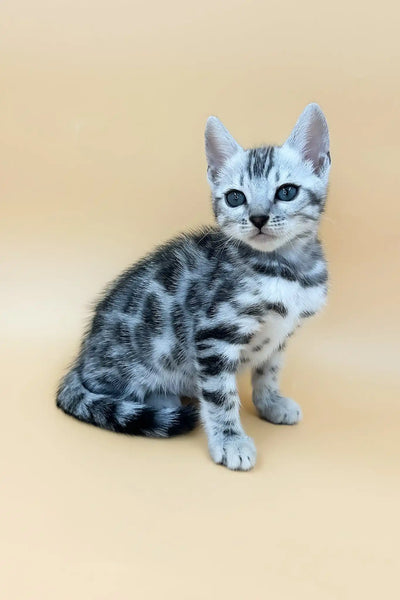
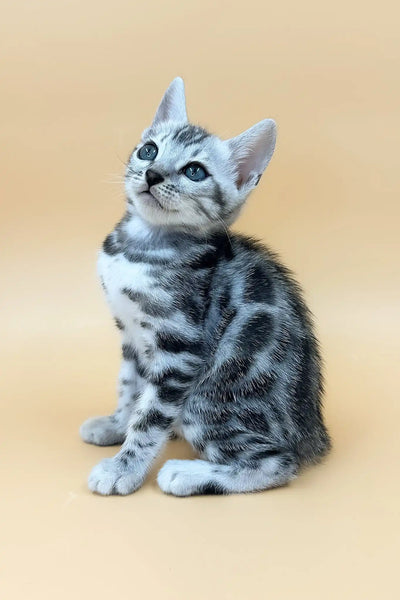




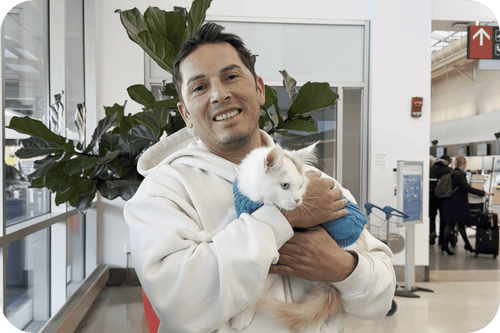
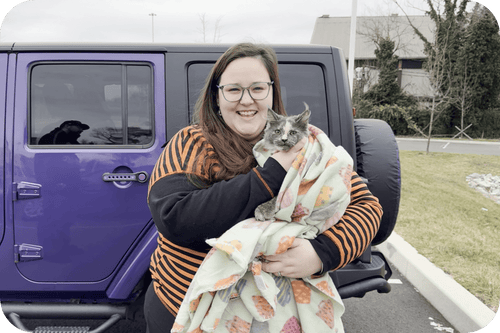

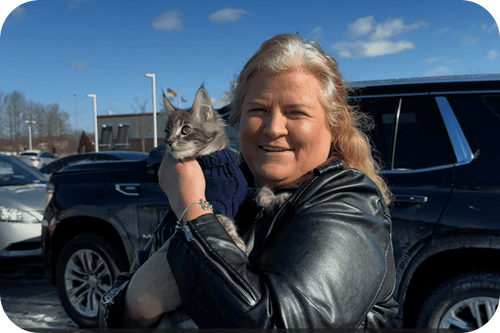
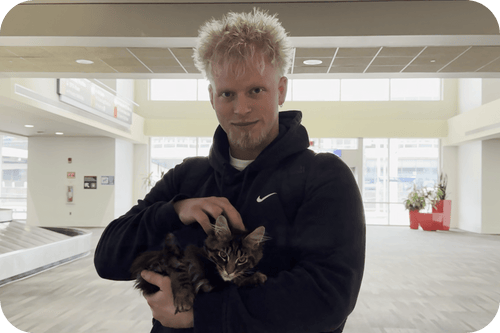

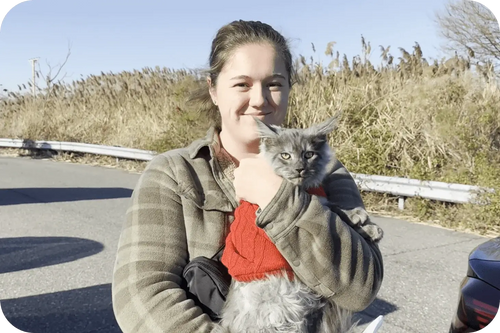
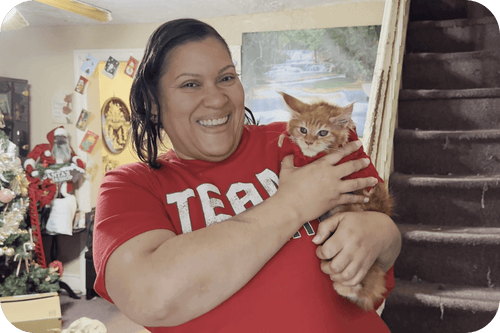
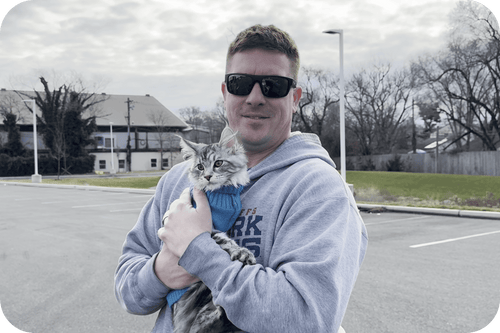
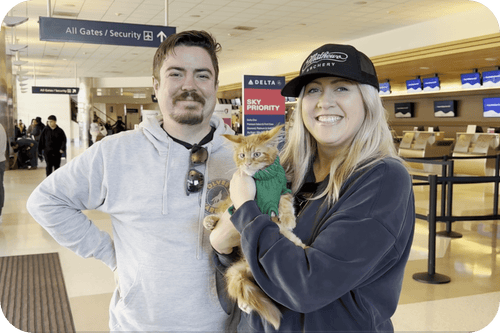
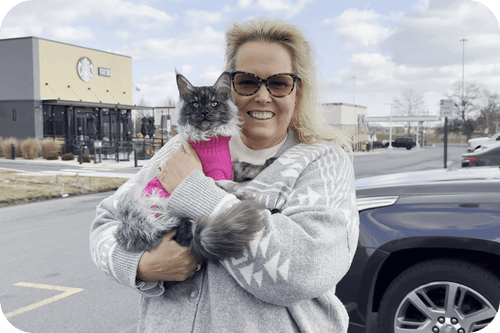
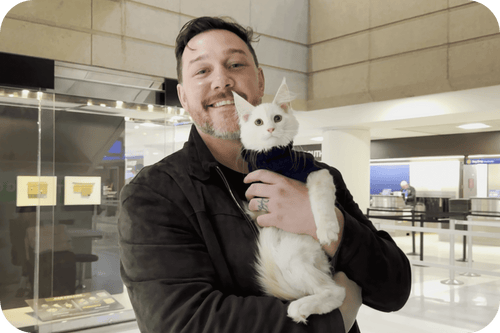
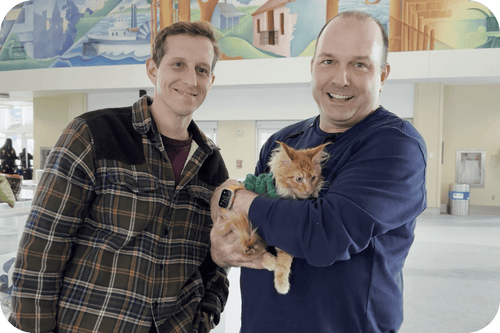
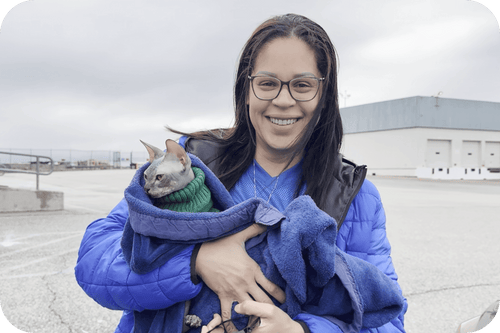
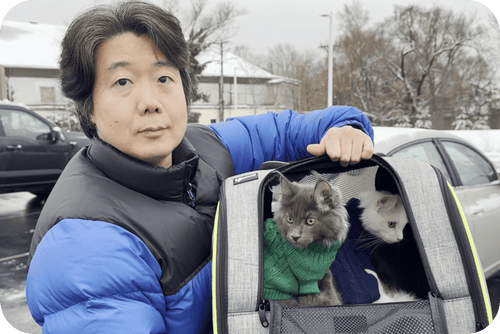
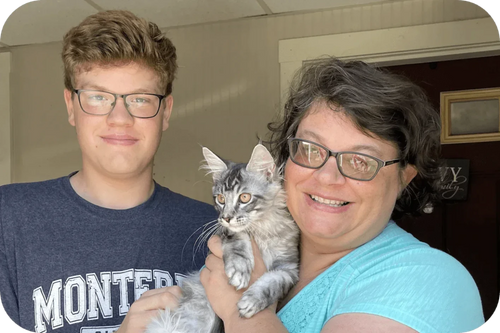
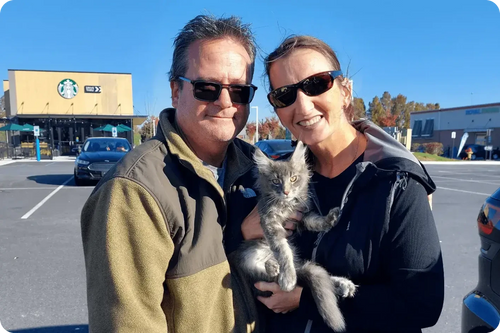
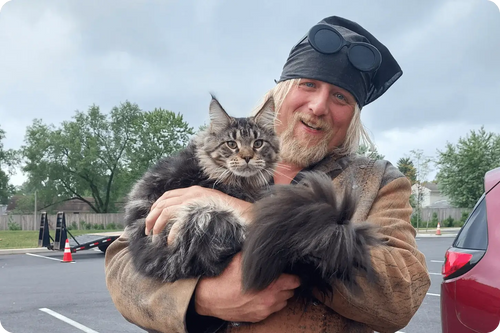

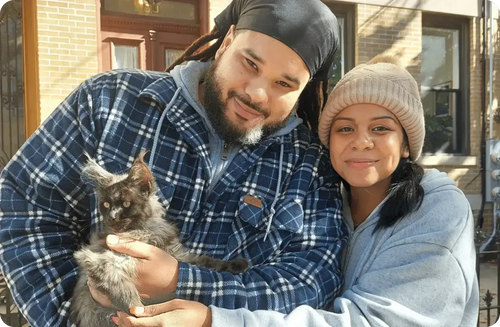
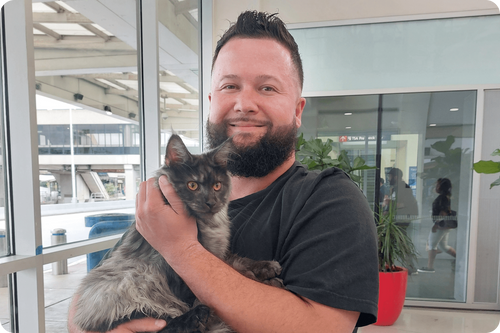













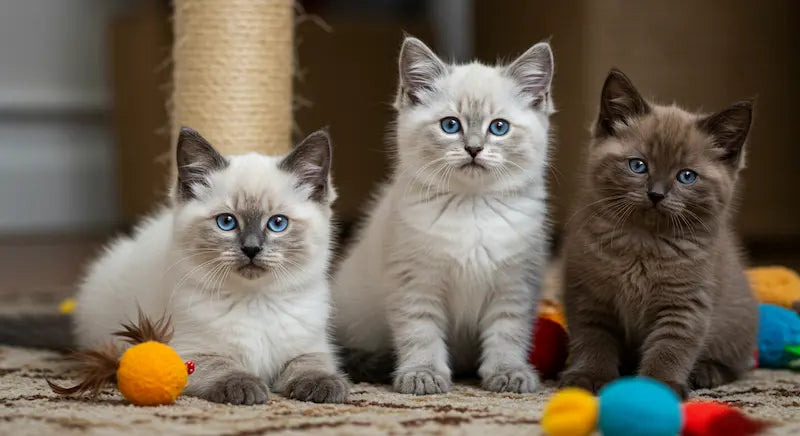
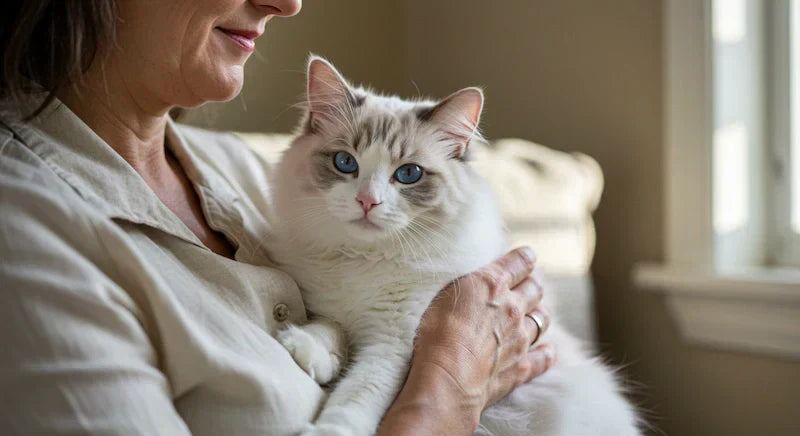
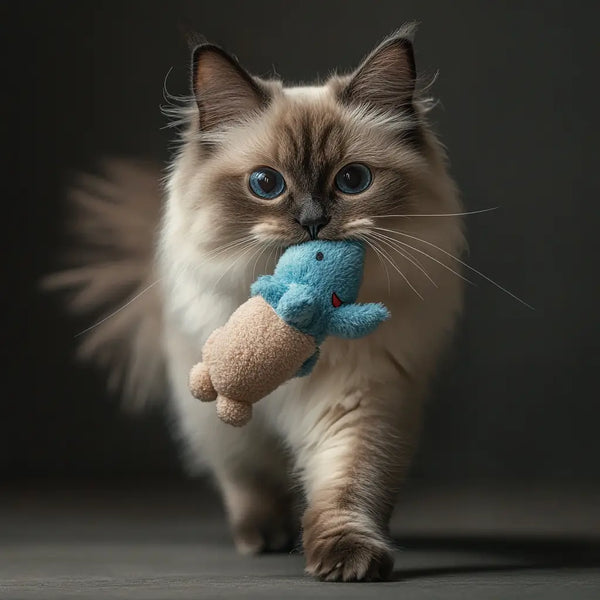




Comments(0)